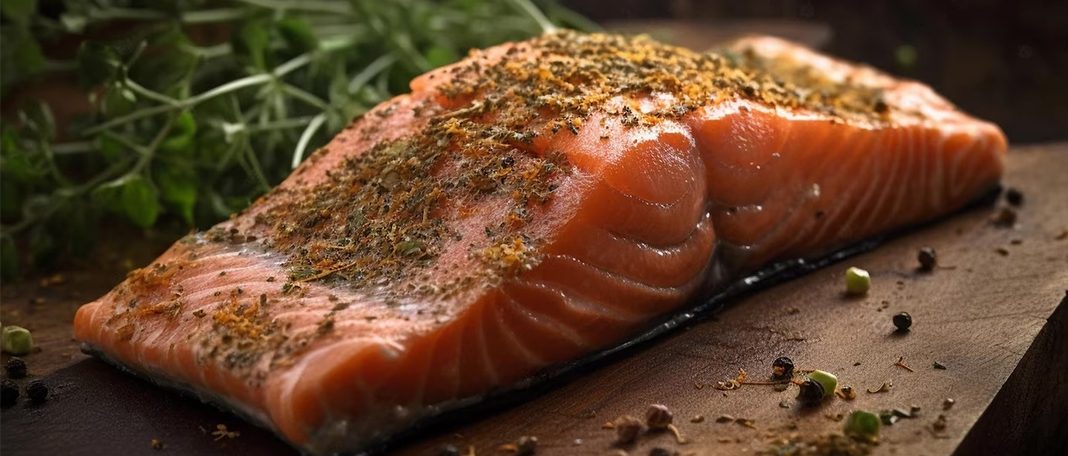Salmon contains various proteins and minerals that can be rarely discovered in other food items. From protecting your heart to strengthening your bone health, the benefits of salmon skin are countless. Considering some quality issues, people avoid eating salmon skin, but the truth is most of the nutrients are hidden in the skin rather than flesh. Read along to know why you should eat salmon skin.
Why Should You Eat Salmon?
Compared to all other fishes on the planet, salmon is enriched with uncountable nutritional sources such as omega-3 fatty acids, vitamin B, vitamin D, niacin, phosphorus etc. According to the U.S. Food and Drug Administration FDA, an individual should consume two to three servings of oil-rich fish like salmon every week.
In addition, salmon skin contains more nutritional sources than the flesh, so eating salmon skin is highly recommended. But before taking a bit on the metallic salty salmon skin, you must consider the quality and variety of the salmon.
Salmon Skin Nutrition Facts
To survive in cold climatic conditions, salmon naturally produce a high concentration of omega-3 fatty acids– which could help them stay warm in the ocean. This Omega-3 in Salmon skin could benefit the human body by preventing many risk factors. The antioxidant property in the skin may help heal the wounds caused by diabetes.
According to the Mayo Clinic, Omega-3 in salmon skin may reduce triglyceride levels and lower the risk of cardiovascular diseases and blood pressure. Apart from these, the fatty acids of salmon skin aid inflammation and support cognitive development. The selenium source in salmon supports DNA synthesis, thyroid hormone metabolism, reproductive health and bone health.
Salmon has the highest level of protein sources, which could help weight management and reduce belly fat. The several nutritional sources in salmon support eye health and maintain vision.
What Types of Salmon Are Safe to Eat?
Basically, there are two types of Salmon– Atlantic and Pacific salmon. Atlantic salmon appears light pink and has a mild flavour, whereas Pacific salmon is rich in colour and has a strong flavour. Considering the quality of salmon, wild-caught Pacific salmon is highly recommended.
Here are some healthiest types of salmon that you can consume
- Wild Salmon
- Wild Chinook salmon
- Wild sockeye salmon
- Coho or silver salmon
- Wild pink salmon
- Chum salmon
Cooking Methods of Salmon Skin
Salmon can be prepared in different methods. It can be smoked, boiled, steamed, grilled, seared or fried. To enjoy the rich crispy flavour you should either grill or fry with the skin on.
Risks of Eating Salmon Skin
Although salmon is a nutritious food, it has some downsides too. No matter whether it’s grown in freshwater or farm, it can be easily contaminated with dirt and pollutants
The contaminated water may contain harmful chemicals like polychlorinated biphenyls (PCBs) and methylmercury which can lead to serious health risks such as birth defects.
Salmons consist of some contaminants and some heavy metals like mercury, in such cases consuming more than the suggested amount is considered dangerous. Pregnant women can intake up to two to three servings of quality salmon per week.
Bottomline
Salmon contains abundant nutritional sources which are essential to improve your health condition. Consuming twice a week could help you meet your nutritional requirements and keep you fit. Incorporating salmon into your diet could support you to lead a healthy life.
















